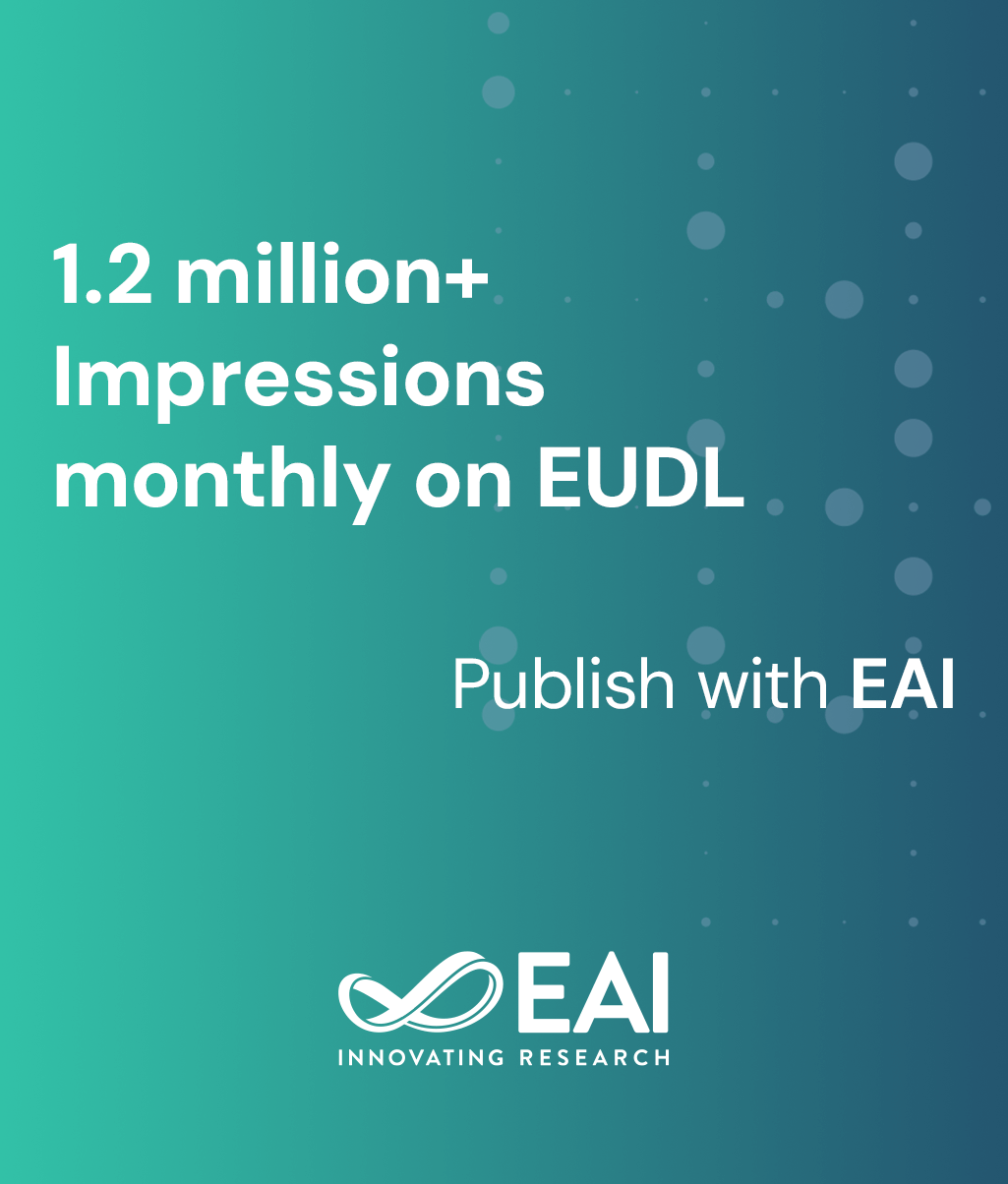
Research Article
Visualization Process of International Trade and its impact on GDP through Multi-criteria Decision Model: A Case Study of India’s Merchandise Trade
@ARTICLE{10.4108/eetsis.5296, author={P S Metkewar and Shrivats Sharma and Lubna Hamid Shah and A Prasanth}, title={Visualization Process of International Trade and its impact on GDP through Multi-criteria Decision Model: A Case Study of India’s Merchandise Trade}, journal={EAI Endorsed Transactions on Scalable Information Systems}, volume={11}, number={5}, publisher={EAI}, journal_a={SIS}, year={2024}, month={3}, keywords={Export Growth Rate, Import Growth Rate, Currency Exchange Rate, Inflation Rate, GDP Growth Rate, Visualization, Decision Modeling}, doi={10.4108/eetsis.5296} }- P S Metkewar
Shrivats Sharma
Lubna Hamid Shah
A Prasanth
Year: 2024
Visualization Process of International Trade and its impact on GDP through Multi-criteria Decision Model: A Case Study of India’s Merchandise Trade
SIS
EAI
DOI: 10.4108/eetsis.5296
Abstract
When it comes to international trade, India is one of the most important nations. This paper intends to analyze the effect of International Trade on a nation’s GDP growth through the process of visualizing the current trends. For this research, some statistical (economical) data is considered and its effect on the GDP is analyzed for the previous accounting years ranging from 2015 to 2021. The data considered for this include – the monetary value of exports from India (in US$ Millions), the monetary value of imports from India (in US$ Millions), India’s share of exports to the nation out of all the nations, India’s share of imports to the nation out of all the nations in, export growth rate, import growth rate, currency exchange rate, Inflation rate. This paper examines and explains how these economic factors influence a country’s (India’s) GDP growth through the process of visualization.
Copyright © 2024 P. S. Metkewar et al., licensed to EAI. This is an open access article distributed under the terms of the CC BY-NC-SA 4.0, which permits copying, redistributing, remixing, transformation, and building upon the material in any medium so long as the original work is properly cited.


